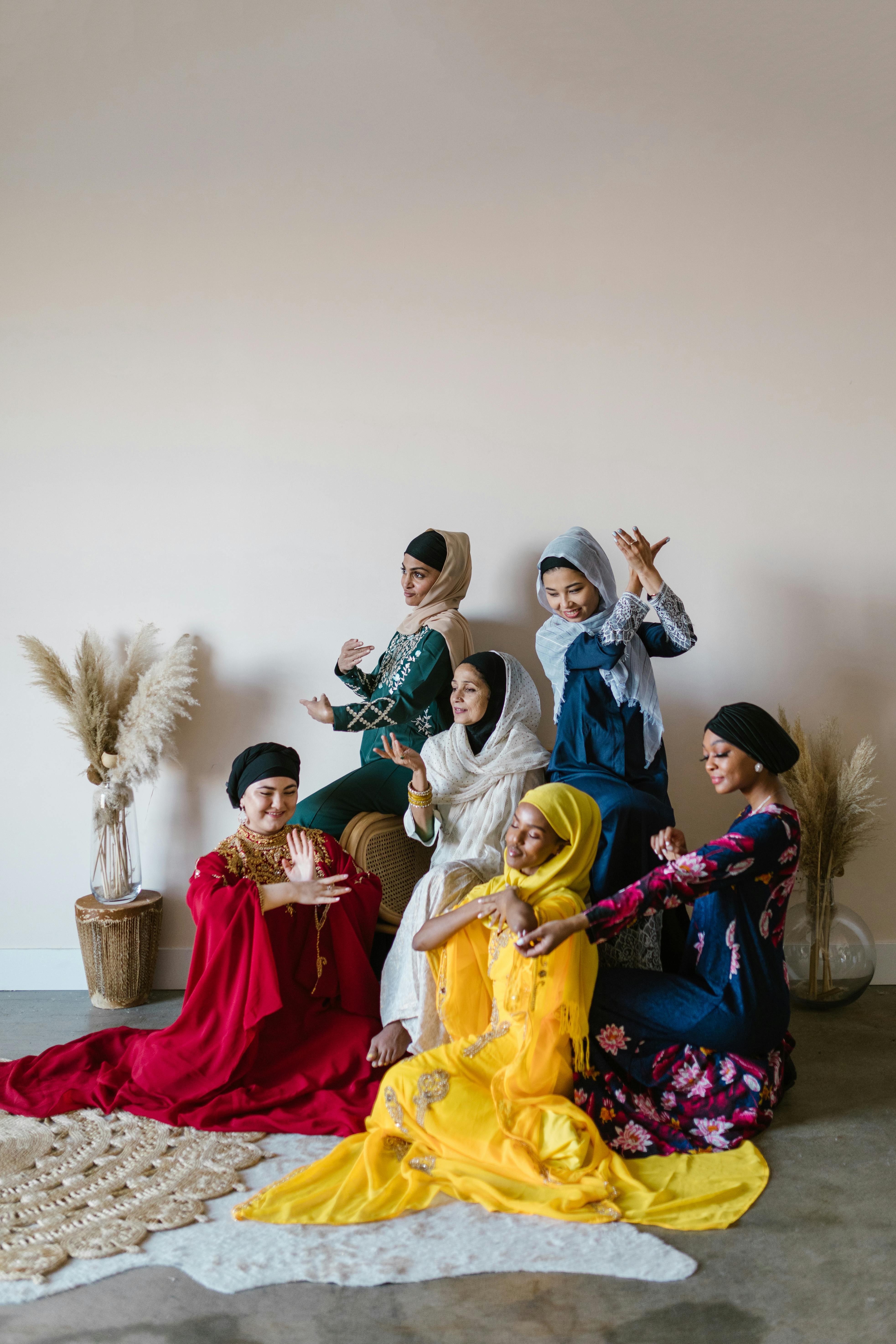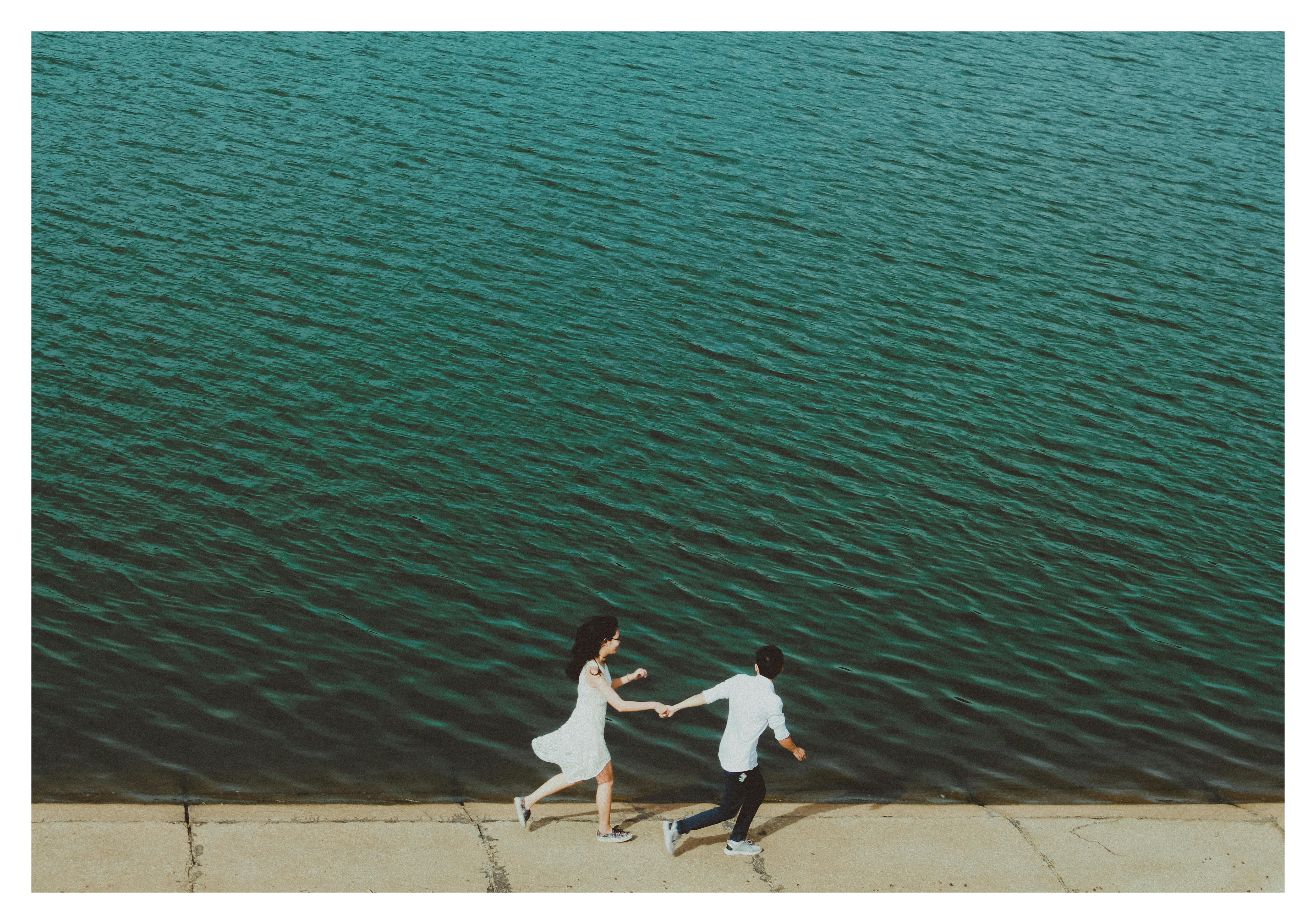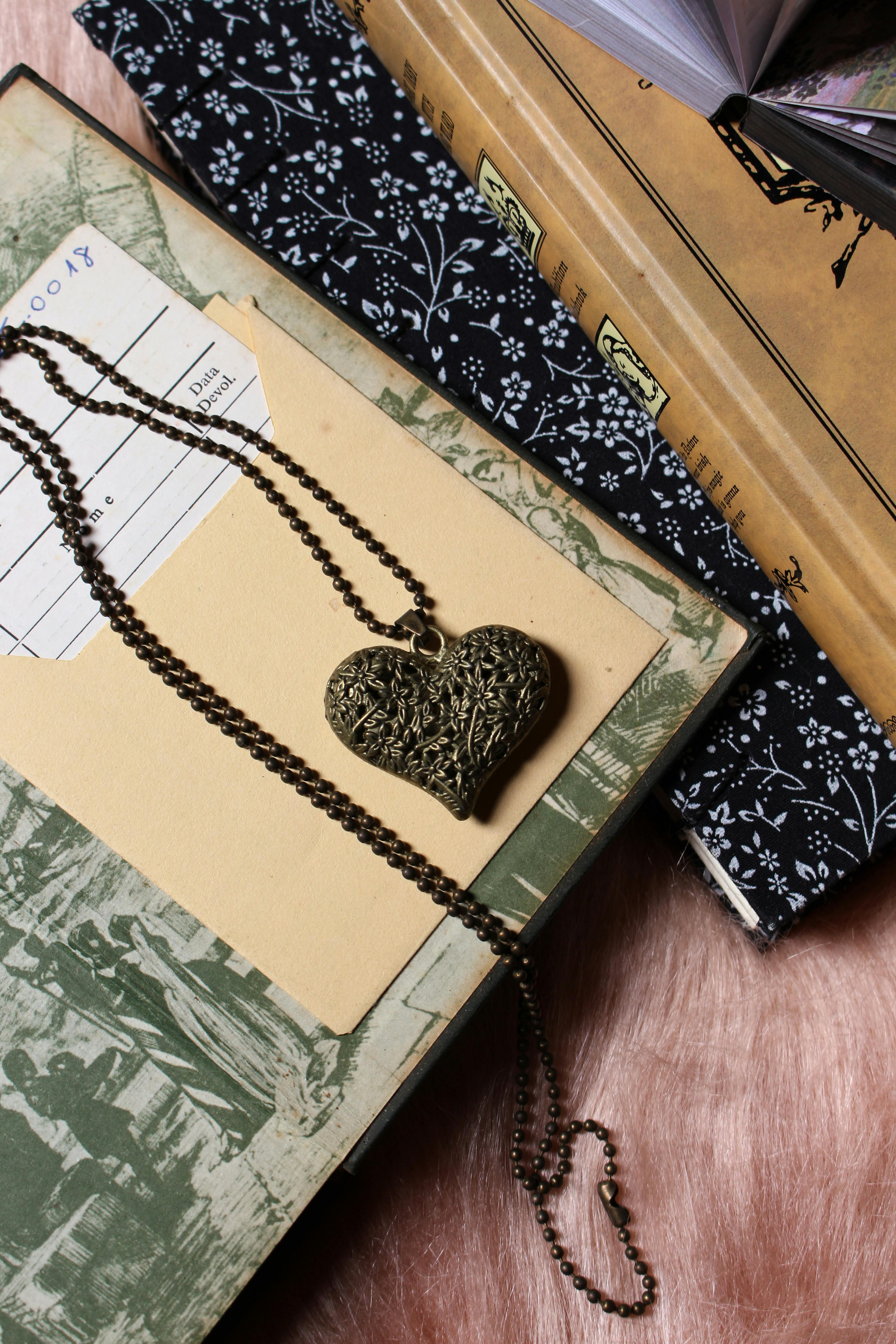This Eid, a timeless piece of South Asian attire is making a remarkable comeback: the Farshi Shalwar. More than just a garment, it represents a rich cultural heritage and a stylish evolution through centuries. This blog post delves into the history, design, and modern interpretations of this iconic Pakistani clothing.
A Journey Through Time: The History of Farshi Shalwar
The Farshi Shalwar boasts a history deeply rooted in South Asian culture. Its origins trace back centuries, evolving alongside the region's social and political landscapes. Initially worn by royalty and the elite, its popularity gradually spread through different social strata. The distinctive wide-legged design, often crafted from luxurious fabrics like silk or fine cotton, signified both status and comfort. Learn more about the fascinating evolution of traditional Pakistani clothing [link to another relevant blog post on Pakistani clothing history].
Design Elements and Modern Interpretations: The Farshi Shalwar Today
The traditional Farshi Shalwar features a loose, wide-legged silhouette that drapes beautifully. Modern designers are now adding unique twists, incorporating intricate embroidery, vibrant colors, and contemporary cuts. While maintaining its classic charm, the Farshi Shalwar is being reimagined for a modern audience. This adaptability is a key reason for its enduring appeal. See some stylish Farshi Shalwar looks this Eid [link to a gallery or Pinterest board showcasing modern designs].
Why the Farshi Shalwar is Making an Eid Comeback
Its resurgence during Eid is no coincidence. Eid celebrations often emphasize family, tradition, and cultural expression. The Farshi Shalwar, a symbol of elegance and heritage, perfectly aligns with this sentiment. Moreover, a growing appreciation for traditional crafts and sustainable fashion has contributed to its comeback. Many young designers are embracing the Farshi Shalwar, using it as a canvas to showcase their creativity and cultural pride. This makes it a popular choice for the festive season and an increasingly popular part of modern Pakistani fashion.






